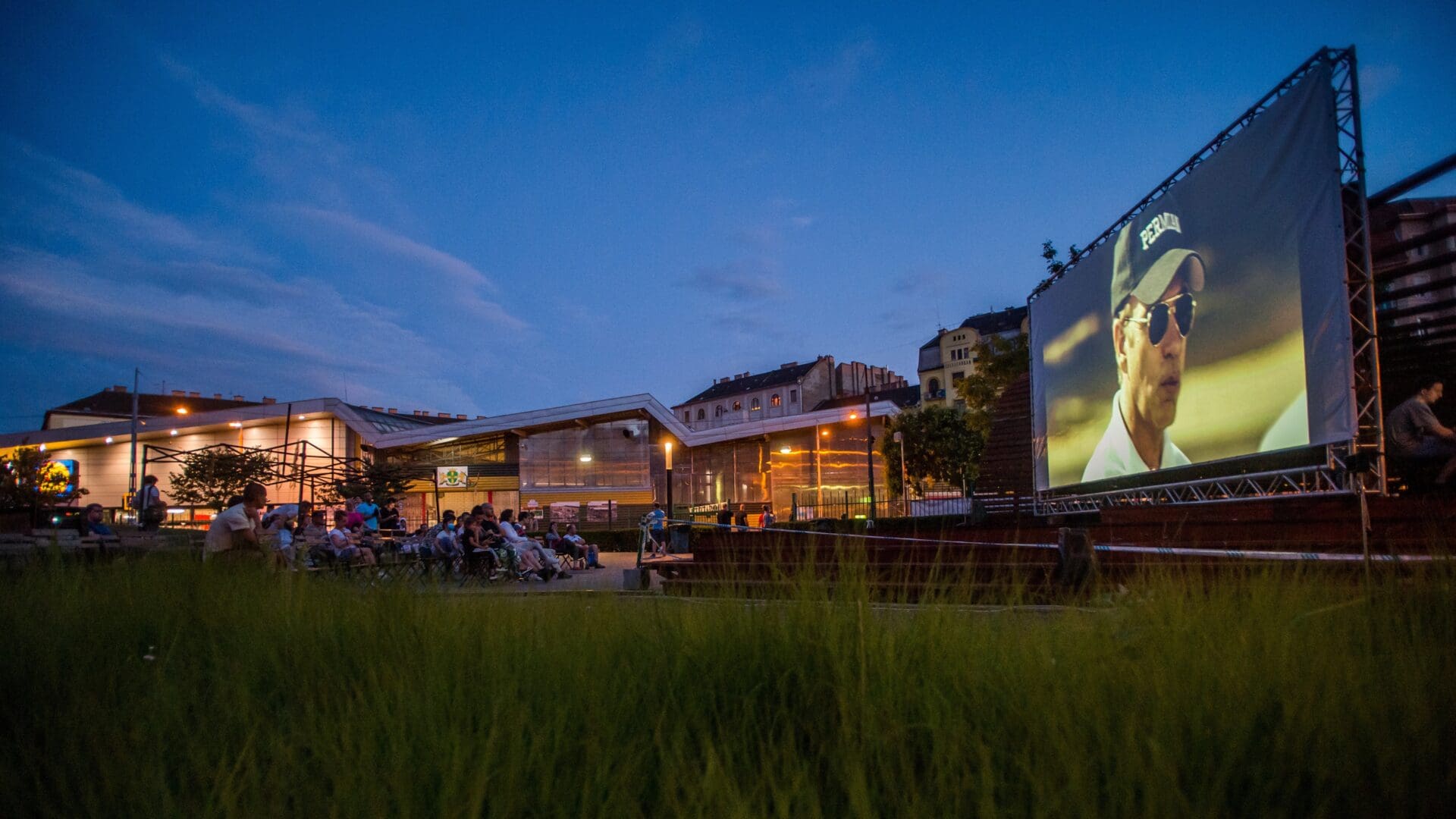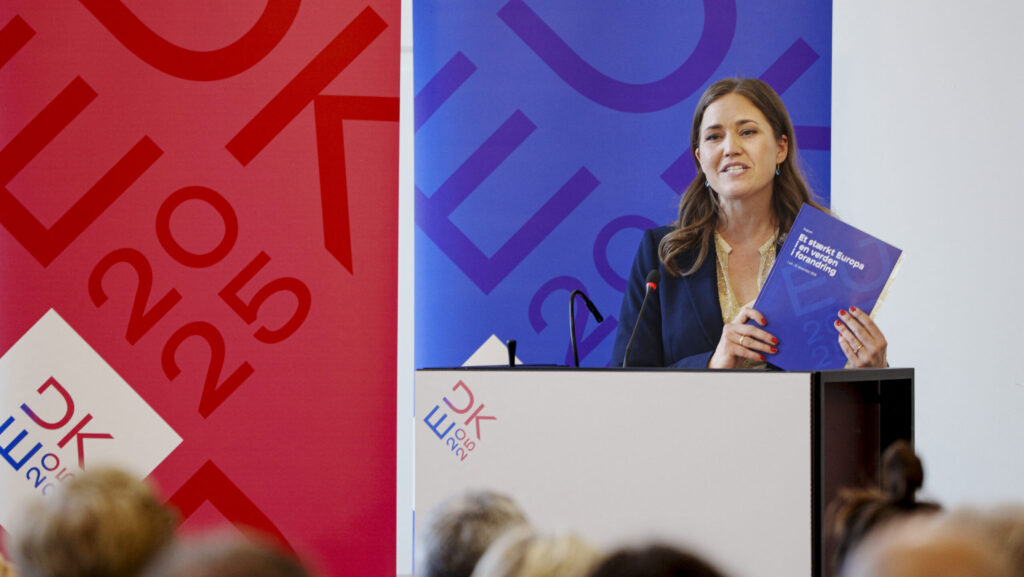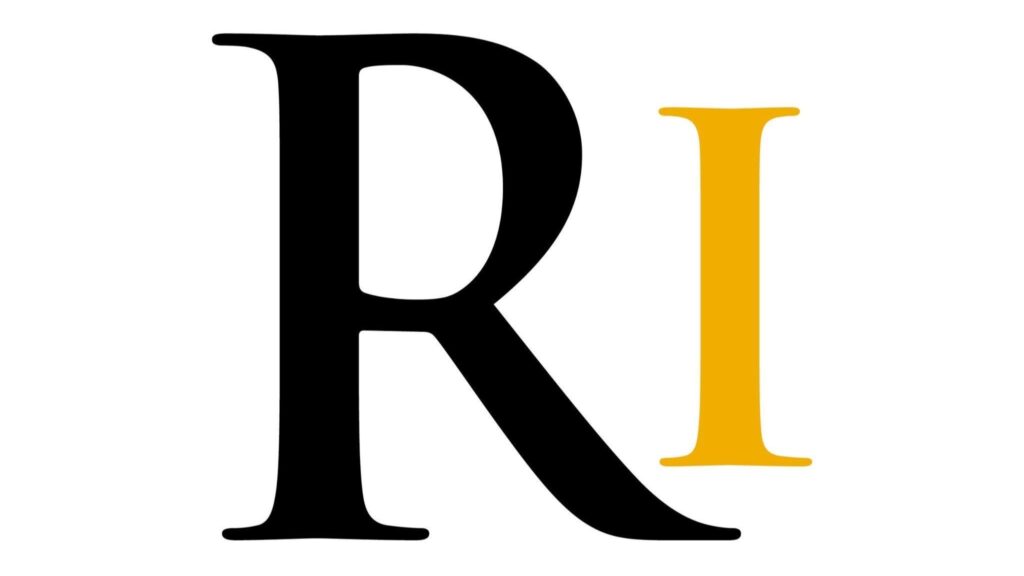The advent of multimedia devices, particularly smartphones nestled in our pockets, has significantly altered our viewing habits. However, despite these changes, the allure of cinemas remains resilient. According to a study conducted by the National Media and Infocommunications Authority (NMHH), the findings of which were released today, European residents, including Hungarians, frequented cinemas at least once in 2022.
The NMHH recalled that the European media industry underwent substantial transformations in the past decade due to technological innovations and the emergence of new global players. The COVID-19 pandemic accelerated certain trends while underscoring the importance of media in informing and entertaining people. In the ongoing competition for audience attention, online platforms are currently leading, as reported by the European Commission’s European Media Outlook. Traditional players, on the other hand, find it challenging to adapt to these new challenges.
Despite the surge in online streaming services, the study emphasizes, it is premature to underestimate the significance of films screened in theatres. In 2023, film distributors in Hungary reported a successful year with ticket revenues reaching nearly 22 billion forints and a total audience exceeding ten million. In Hungary, the study reveals that on an average Saturday evening between 8 and 10pm, over four million people tune in to television, with nearly three million supporting various musical talent shows.
While there was a more than 20 per cent increase in cinema ticket prices in 2023, the average Hungarian ticket price of around five euros can still considered favourable in the European context.
In terms of film selection in cinemas, a record-breaking 947 productions were released in 2022, with more than a quarter (249 films) premiering for the first time.
The popularity of European works diminished, facing increased competition from US productions,
with 84 per cent of the audience preferring the latter.
The study also revealed that the most popular Hungarian films, originally intended for cinema screens, typically appear on television within one to two years. Over the past 25 years, Hungarian films have struggled to compete with American comedies and action films on television. The most popular Hungarian production, Nyugati nyaralás (Western Holiday), was the 33rd most watched in 2022.
In conclusion, the study suggests that streaming services and cinemas can coexist, catering to different preferences. Streaming is favoured for its convenience, broad content offerings, and easy accessibility, while traditional films in cinemas offer a unique experience with their dedicated audience.
Related articles:
Sources: Hungarian Conservative/NMHH/MTI








